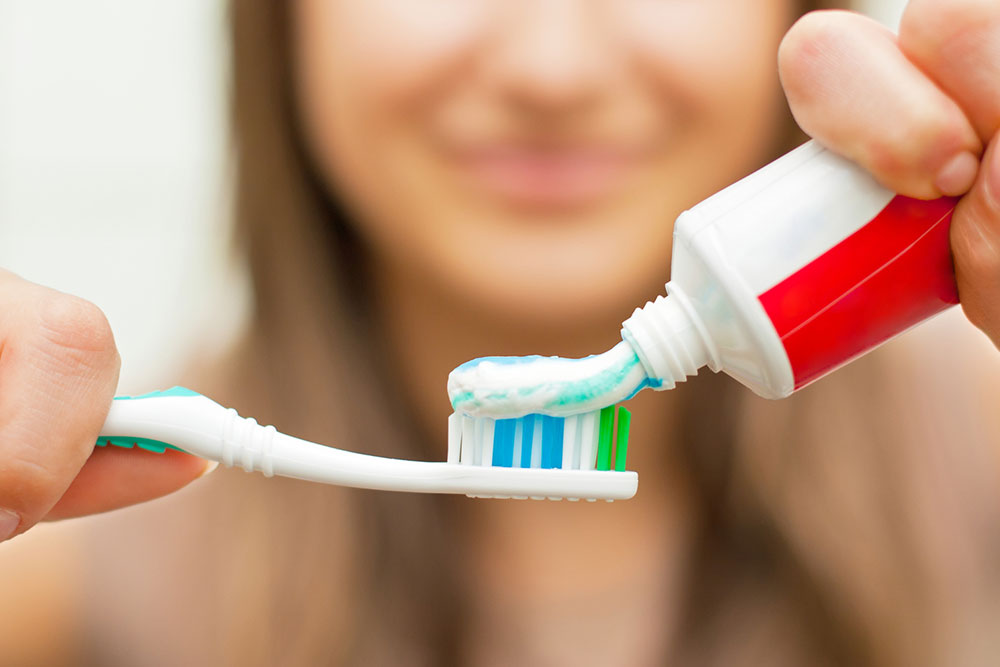
Teeth whitening – An overview
When it comes to teeth, all we really want is that perfect pearly white smile. In the pursuit of whiter and brighter teeth, the process of teeth whitening has gone down to become one of the largest and rapidly growing cosmetic procedures in the United States. There is a huge variety of options available when it comes to teeth whitening right from toothpaste and bleaching kits to holistic remedies and in-chair treatments. But it is paramount that before trying any such remedy, a patient considers consulting a dental expert to figure out whether it is safe to do so. For instance, many products that can be brought over the counter or online tend to pose some serious health risks due to the level of bleach they contain.
The effects of teeth whitening can last up to three years given that the patient doesn’t practice habits such as smoking, eating certain foods, and drinking certain beverages tend to stain their teeth over a period of time. The biggest culprits when it comes to staining of teeth are
- Tea or coffee
- Red wine
- Cigarettes
- Prolonged consumption of food containing artificial colors.
Contrary to a popular belief, teeth whitening does not cause any harm to the teeth enamel. Dental whitening products only remove surface stains which are present in the microscopic pores of your teeth. They do not penetrate within the teeth. There are two ways in which tooth whitening can be done: in-office-based teeth bleaching or at-home care. Both of these options use peroxide-based bleaching agents with at-home systems containing 3%-20% peroxide to in-office systems containing 15%-43% of it. Usually, the duration to keep the stronger solution on the teeth is directly proportional to the whitening of the teeth, i.e., the longer you keep it, the whiter your teeth become. However, the higher is the level of peroxide in a whitening solution, the shorter should be the time for which it is applied to the teeth as keeping it on for any longer will lead to dehydration of the teeth and increase its sensitivity.
In-office teeth whitening
The bleaching agent used by a dentist at the clinic is usually stronger than the ones that come with at-home whitening kits which speeds up the process to manifolds. Also, the in-office teeth whitening procedure makes use of light and heat or a combination of both which further intensify the process. According to a number of observations, teeth usually get three to eight shades brighter with several 30-60 minutes of in-office visits. Some dentists also use techniques that can be done in a single 2-hour appointment.
At-home teeth whitening
At-home teeth whitening options include teeth whitening strips, gels, toothpaste, and tray-based tooth bleaching systems, all of which contain varying quantities of peroxide. Their application periods vary anywhere between once a day to once a week and so does the time periods for which their results are effective.
With a little care at home and timely visits to the dentist, there isn’t really anything that will keep you from flaunting your newly whitened teeth and don that perfect smile.




